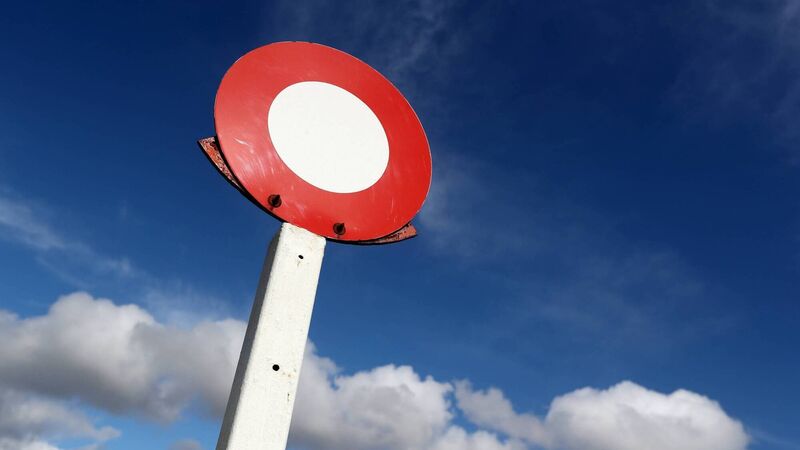Ruby Walsh: Official reports of all IHRB cases need to carry the same detail

Last Sunday morning, most people in horse racing rose to read Paul Kimmage’s article in the Sunday Independent with trepidation.
Had he unearthed a massive scandal within the sport that most of us were unaware of? Or what could he tell us that we didn’t already know?
What he had was a very different view of cases already heard and dealt with by the IHRB, but it was a view anybody would find difficult to disagree with.
It centred around two positive cobalt cases in 2018 concerning Pat Kelly and Joseph O’Brien, but the crux of his argument or debate as I read it was not with the trainers concerned but with how the IHRB reported both cases to the media.
The details revealed to the public regarding Pat Kelly’s case and those revealed about Joseph’s case were very different. One detailed the exact levels of cobalt in the sample taken and the other gave no levels, only the fact that it was a positive test.
I can fully understand how different penalties were handed out as each case is dealt with on the facts and evidence provided. But the official reports of all cases need to carry the same detail and, whilst Joseph was willing to reveal the facts of his case to Paul, the IHRB still weren’t and, in an attempt to make all things equal, it is the IHRB Paul wants them from.
The IHRB is the body given somewhere in the region of €9 million per annum by HRI to regulate the horse racing industry, but there are many parts to regulating and fairness is most certainly one.
Transparency and not leaving an angle for anyone to question you on is part of the quota, and the IHRB must answer the questions posed by Paul if it is to show that it is a transparent and fair organisation.
For my money, it should also have helped all its licensed trainers by informing them of information they had regarding the salt licks that tested positive for cobalt that Joseph O’Brien inadvertently used, thus removing the risk of others falling foul of the same breaches.
Prevention is easier than the cure, and withholding this information, especially if cobalt, as stated by the IHRB CEO Denis Egan, is not a listed ingredient in the said product, would appear like very unhelpful regulating to me.
The IHRB is also responsible for the image of Irish horse racing and, whilst the onus is always on the licensee to uphold their end of the deal, it does fall back on the IHRB to regulate any licence holder who acts in a manner prejudicial to the good image of Irish racing as stated in rule 272 of the IHRB rulebook.
Throwaway comments and statements that are not backed up by evidence and facts are only rumours and, whilst we live in a democracy, free speech does not give any of us the freedom to say or accuse anyone of anything we cannot prove.
It is easy to stand behind the amount of tests carried out at racecourses and out of competition as proof of the good job they are doing but, to the best of my knowledge, only one of 1,924 international Irish-trained winners have tested positive for anything in the last 10 years. I won’t state that figure as fact but would be willing to bet on it on all the same.
That is horses winning Melbourne Cups, Prix de l’Arcs and Gold Cups, Grand Nationals, Cox Plates and Derbys, races in England, France, Hong Kong and Australia. So, it seems to me that whatever issues the IHRB are chasing and whatever substances appear to be flowing into Ireland might not be solely directed at horses who appear on our racecourse.
How and ever, it was good to read someone outside the sport, with no gripe or score to settle, question how the regulators are regulating and let them know the outside world is looking in.








